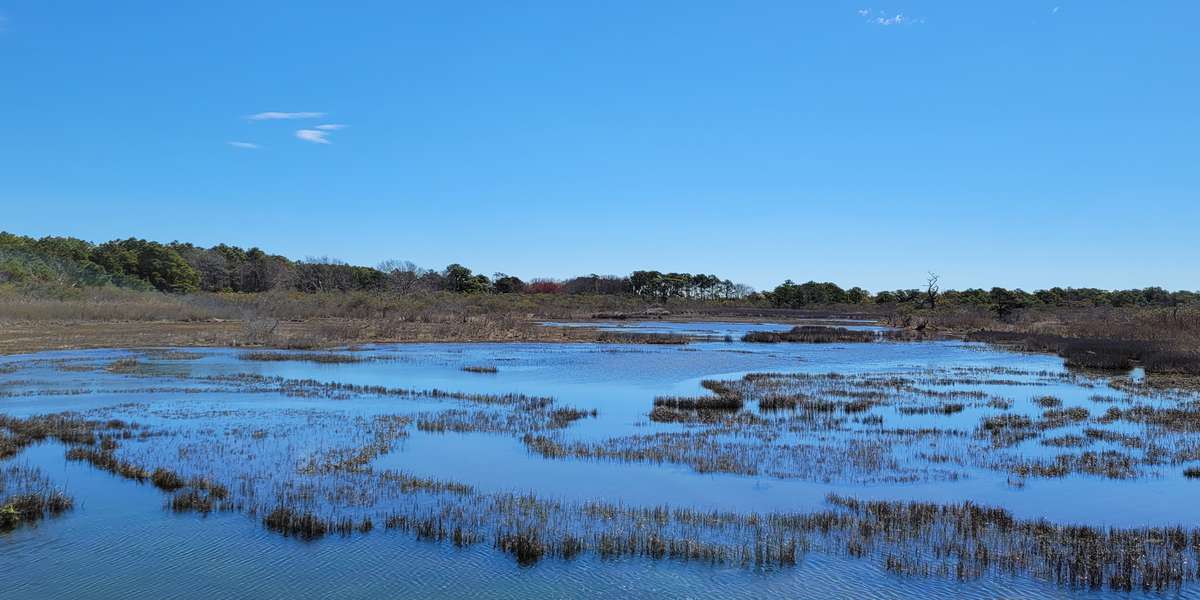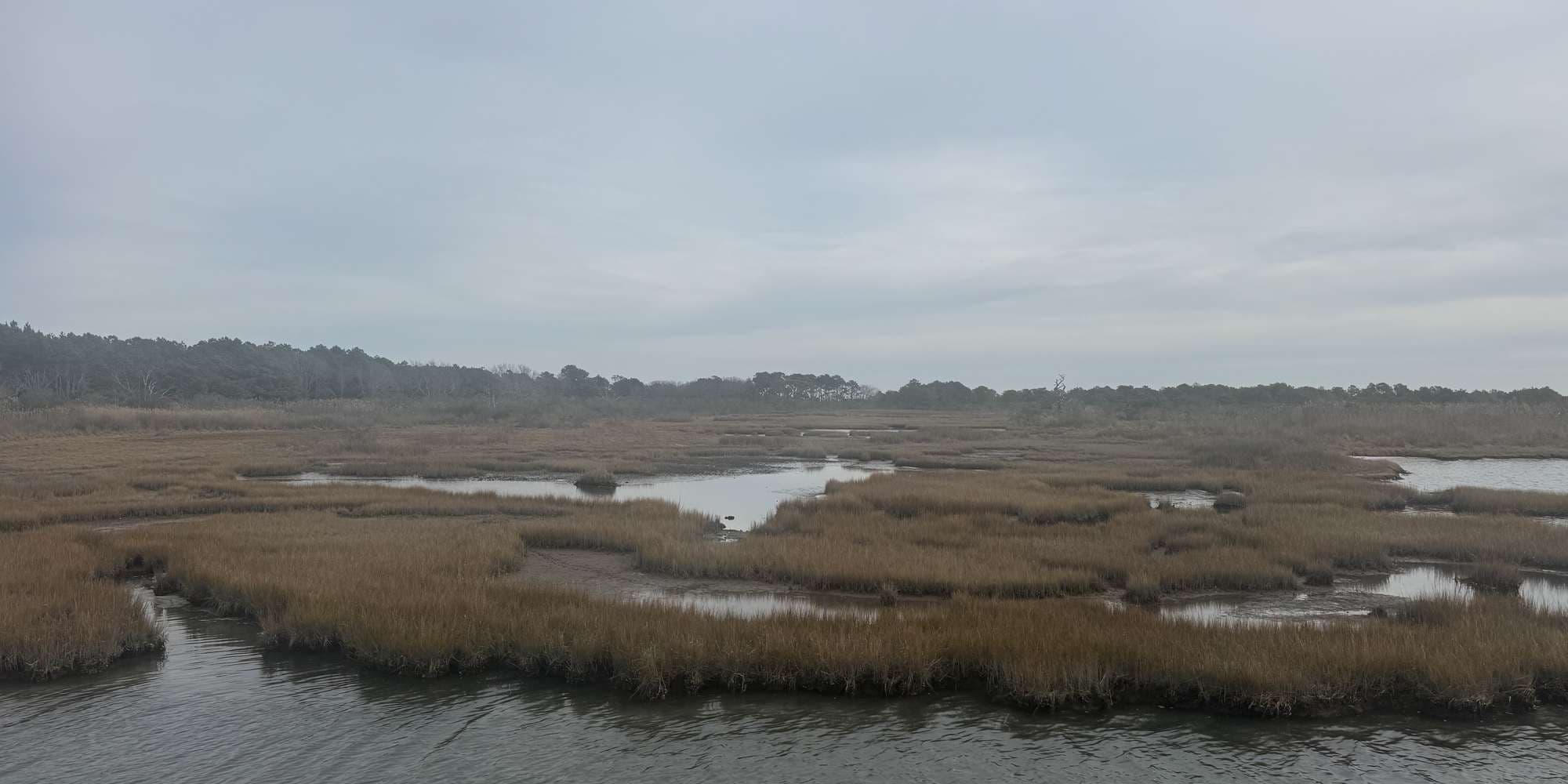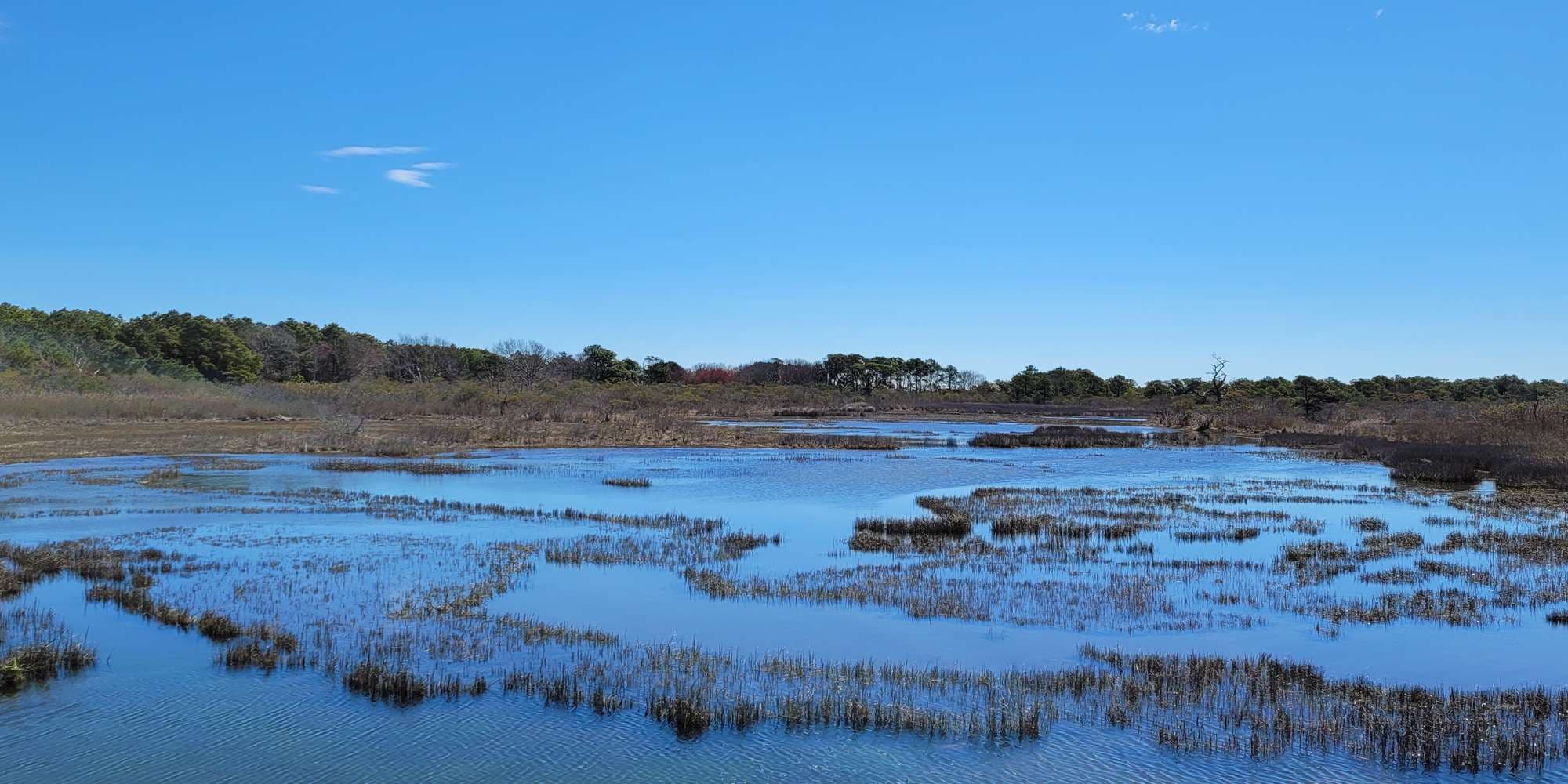2024
2025



2024
2025
Assateague Island - Life of the Marsh Trail
Managed by Assateague Island National Seashore
Since 2024
In Maryland, US
ASI101
This chronolog combines 459 photos from 407 contributors. Learn more
About this site
Thank you for visiting Assateague Island National Seashore and for participating in our Chronolog Citizen Science Project. The Life of the Marsh trail provides excellent views of tidal marshes, forests, and shallow open water habitats that stretch the entire length of Assateague Island. Saltmarshes provide abundant wildlife habitat and critical protection from coastal storm events. They also filter pollutants from the water and provide unique areas for visitor exploration.
You are likely to see a variety of birds in this habitat, including herons, egrets, gulls, and sandpipers in the warmer months. During the winter, ducks and waterfowl flock to saltmarshes to find fish and other sources of food and cover. Mammals, such as the native white-tailed deer, non-native Sika deer, as well as the famous wild horses, often roam through these wetlands to graze on the abundant saltmarsh grasses. Diamondback terrapin turtles also inhabit this area in high numbers and use adjacent sandy shorelines to bury their nests during breeding season. Mollusks, such as the Atlantic ribbed mussel, thrive along the edges of the saltmarsh, while the Atlantic quahog clam lies buried in the sediments below the water’s surface.
Saltmarshes are dominated by a variety of halophytes, or plants that live in saltwater, such as saltmarsh cordgrass, salt grass and black needlerush. These specialized plants trap sediments and pollutants, preventing them from reaching the bays and ocean, thereby improving overall water quality. In between the high and low areas of saltmarsh, are salt pannes; shallow depressions within the marsh that are intermittently connected to the adjacent coastal bays. In the summer months, the shallow stagnant water will evaporate from these pannes leaving salt residue behind.
Future changes to this saltmarsh are inevitable. Invasive, non-native plant species, such as common reed, exert a constant threat to the health of the saltmarsh ecosystem. Without active management, invasive plants can outcompete and outgrow native species, leading to a decrease in biodiversity and ecosystem health. Wild horse grazing and trampling also reduces plant growth, breaking up the loosely rooted vegetation which contributes to accelerated erosion.
Historically, coastal storm events have reshaped the shorelines along Assateague Island. Although daily changes in water level are typical here, a significant increase in sea level will drown tidal marshes and convert them to open water. These changes are not easily noticed during just one visit to Assateague Island, but photographs over time tell the story. Your photograph taken at this location will help document the slow, but steady impact of sea level rise on the saltmarsh habitats of Assateague Island National Seashore.
About Assateague Island National Seashore
www.nps.gov/asis
For nature-lovers
Explore chronologs
For organizations
Chronolog is a monitoring tool for parks, nature centers, wildlife organizations, schools, and museums worldwide. With over 100,000 contributors across 300 organizations, Chronolog is on a mission to engage communities with nature while recording important natural changes.
© Chronolog 2025 | Terms